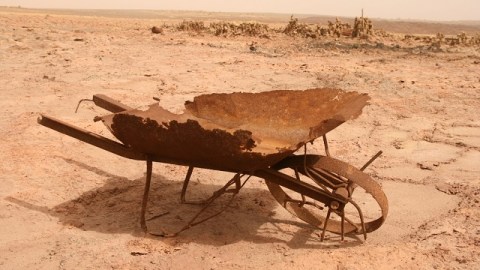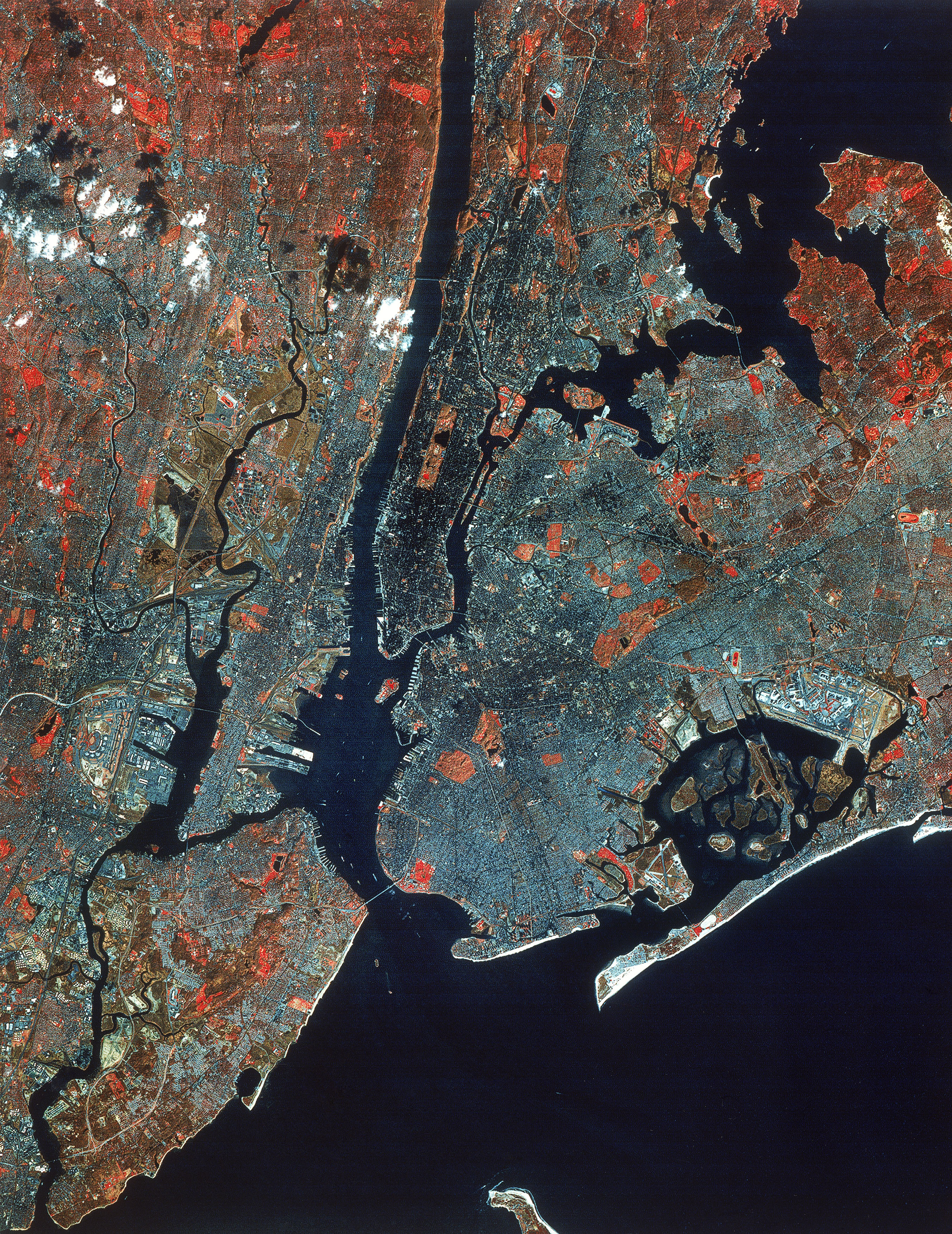More Extreme Weather Events Will Keep People In Poverty

What’s the Latest Development?
A new report out from the Overseas Development Institute (ODI) looks at how extreme weather events and other natural hazards will affect poor populations over the next 20 years. It predicts that by 2030, up to a third of a billion people will be living in the countries that are expected to feel the largest impacts from drought, flooding, and extreme rainfall. For example, data analysis from drought-prone areas in Ethiopia and India demonstrate that “where there is a strong risk of drought, [it’s] also the single most important factor in keeping people poor.”
What’s the Big Idea?
ODI head of climate change Dr. Tom Mitchell points to the recent events surrounding Cyclone Phailin — in which swift evacuation by India’s government resulted in a decreased loss of life — as an example of developed countries’ typical response to disasters in poorer nations: “I think there’s a direct link between the ability to raise finance and the number of people killed. It’s a perverse incentive.” The report recommends that disasters and climate change and their future effects on the poor be included in short-term development goals. Ultimately, says Mitchell, “If the international community are serious about ending extreme poverty they need to get serious about reducing disaster risk for the poorest people.”
Photo Credit: Shutterstock.com



